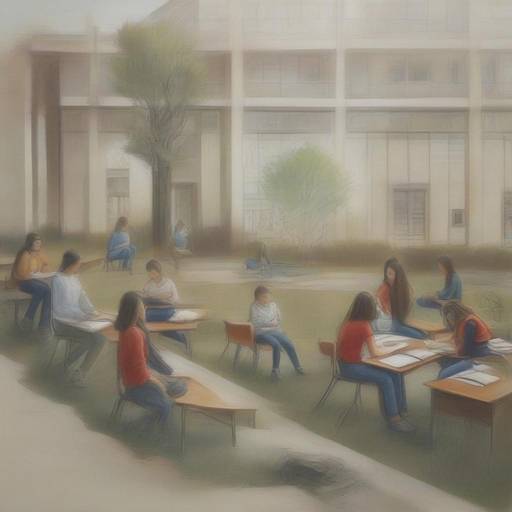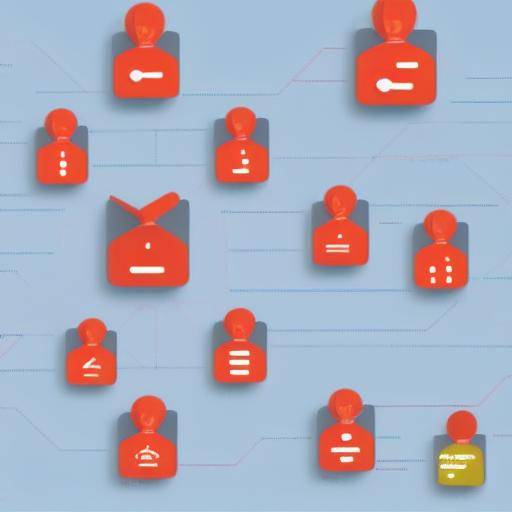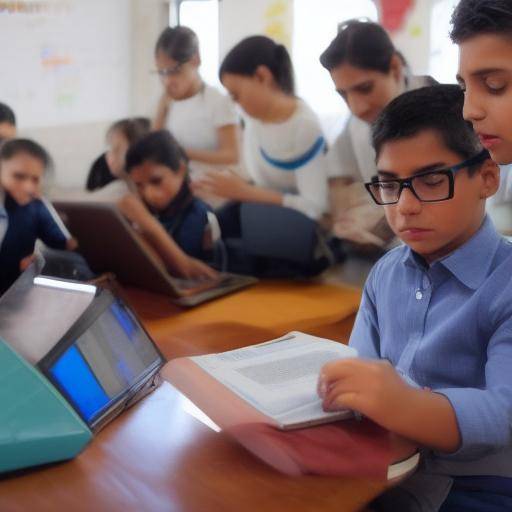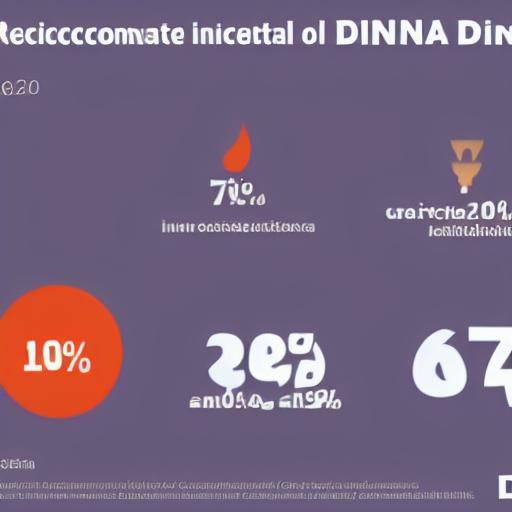
Social networks have revolutionized the way we communicate, share information and collaborate in the digital era. Its impact has transcended the scope of personal relationships, extending to the educational field and transforming the collaborative learning process. In this article, we will explore in detail the influence of social networks on collaborative learning, analyzing their impact, advantages, challenges and the future of this synergy.
Introduction
Today, social networks have become an integral part of everyday life, permeating all aspects of society, including education. Collaborative learning, a pedagogical approach that promotes interaction among students to build knowledge together, has found in social networks a powerful ally that enhances their effectiveness and reach.
In this article, we will address the different aspects that show how social networks have positively impacted collaborative learning, from the history and background of their integration to their practical applications, future trends and expert opinions in the field of education. Together with this, we will offer practical advice, case studies and predictions on the future of this relationship.
History and Background
Since its emergence in the early 21st century, social networks have experienced exponential growth, becoming a virtual space where people can interact, share common interests and collaborate in joint projects. In the educational context, the use of social networks for educational purposes has evolved in parallel with the technological development and digital transformation of classrooms.
The role of social networks in the educational field has gone beyond serving as mere channels of communication, becoming innovative learning platforms that foster collaboration between students and teachers. In this way, social networks have helped to democratize access to information, promote diversity of perspectives and enrich the collaborative learning process.
Analysis in Deep
The impact of social networks on collaborative learning is reflected in a number of tangible benefits, such as improving student participation, expanding self-directed learning opportunities and promoting creativity and innovation. In addition, the use of social networks in educational settings has posed challenges in terms of privacy, security and equity in access to digital technologies, aspects that require careful attention from educators and educational institutions.
This detailed analysis allows us to understand how social networks have contributed to transforming the dynamics of collaborative learning, opening new avenues for interaction, collective knowledge construction and the development of fundamental digital skills in the current world.
Comprehensive review
By exploring the various social media applications in collaborative learning, the importance of establishing clear guidelines to maximize their educational potential is evident. The exchange of ideas, the co-creation of contents and the realization of collaborative projects are just some of the ways in which social networks have enriched the learning experiences of students.
However, it is crucial to consider managing the digital exhibition of students, evaluating the veracity of online information and promoting inclusion and diversity in the virtual spaces of collaborative learning.
Comparative analysis
The comparative analysis between social networks, their impact and collaborative learning allows us to identify the similarities, differences and synergies between these concepts. While social networks act as facilitators of social interaction and content sharing, collaborative learning focuses on joint knowledge-building through cooperation among participants.
It is also evident that the impact of social networks on collaborative learning goes beyond mere use of digital tools, involving a reconfiguration of traditional teaching and learning dynamics.
Practical Tips and Accessible Recommendations
To maximize the potential of social networks in collaborative learning, it is essential to establish clear guidelines and effective strategies. Some practical tips include the promotion of a safe and respectful digital environment, the integration of online collaboration tools and the continued training of teachers in the pedagogical use of social networks.
In addition, it is crucial to promote critical thinking and media literacy among students, training them to discern and evaluate the quality of information found in digital environments.
Perceptions of Industry and Expert Reviews
The testimony of experts in the educational field provides a valuable perspective on the impact of social networks on collaborative learning. Based on their experiences and knowledge, these professionals offer fundamental insights on emerging opportunities, challenges and trends in the use of social networks in educational settings.
This feedback contributes to enriching the full picture of the impact of social networks on collaborative learning, highlighting the importance of integrating digital tools in a strategic and reflective way in the design of meaningful learning experiences.
Case Studies and Practical Applications
Through case studies and concrete examples, it is possible to see how social networks have been successfully implemented in various educational contexts. From facilitation of online discussions to collaborative projects at the international level, these exemplary cases illustrate the transformative potential of social networks in collaborative learning.
The results and lessons learned from these cases allow us to identify common good practices and challenges, shedding light on key issues to consider when integrating social networks into formal and informal educational settings.
Future Trends and Predictions
As the digital era progresses, it is inevitable that social networks continue to play a central role in collaborative learning. According to current trends and projections of experts, there is a greater integration of emerging technologies, the expansion of immersive virtual environments and the focus on the customization and adaptation of learning through social networking platforms.
It is crucial to be attentive to these emerging trends to anticipate and prepare for the future of collaborative social media learning.
Conclusions
In conclusion, the impact of social networks on collaborative learning is undeniable. From its historical evolution to its influence on the present and its future perspectives, social networks have transformed the way in which individuals interact, collaborate and build knowledge in educational environments.
Faced with this reality, it is essential to proactively address the challenges and opportunities posed by the integration of social networks in collaborative learning, maximizing their potential to enrich educational experiences.
Frequently asked questions
1. What is the role of social networks in collaborative learning?
Social networks act as facilitators of communication, collaboration and joint knowledge-building between students and teachers, expanding collaborative learning opportunities in virtual environments.
2. What are the benefits of integrating social networks into collaborative learning?
Among the outstanding benefits are improving student participation, enhancing creativity, diversity of perspectives and democratic access to information.
3. What are the challenges associated with the use of social networks in educational settings?
Challenges include the management of data privacy and security, the veracity of online information, the fairness of technological access and the prevention of cyberbullying.
4. How can educators maximize the potential of social networks in collaborative learning?
Educators can maximize the potential of social networks by implementing educational strategies focused on digital ethics, media literacy and fostering an online collaborative environment.
5. What emerging trends are involved in integrating social networks into collaborative learning?
Emerging trends include the adoption of immersive technologies, the customization of learning, the use of artificial intelligence in educational environments and the expansion of social media-based learning platforms.
6. What is the long-term impact of social networking on collaborative learning?
The long-term impact points to the continuous evolution of teaching and learning dynamics, the adoption of more inclusive and personalized approaches, and the preparation of students to participate in a digitally connected society.
With these frequent questions, we seek to address common concerns, providing detailed information and varied perspectives on the impact of social networks on collaborative learning.
In short, the link between social networks and collaborative learning represents a constantly evolving area with significant implications for the present and future of education. By understanding the impact, benefits, challenges and emerging trends related to this synergy, educators, students and educational professionals can maximize the transformative potential of social networks in collaborative learning.






















































